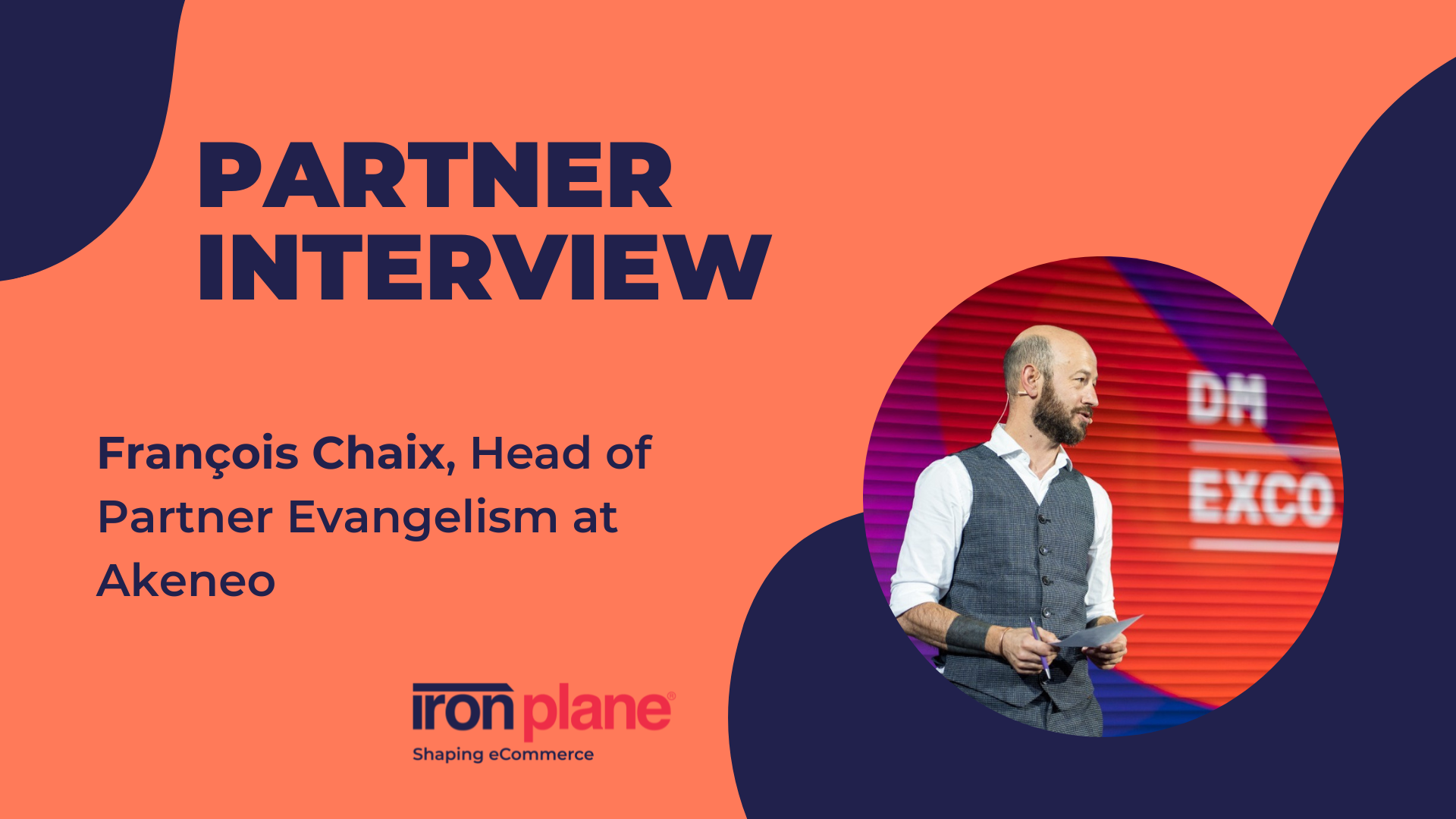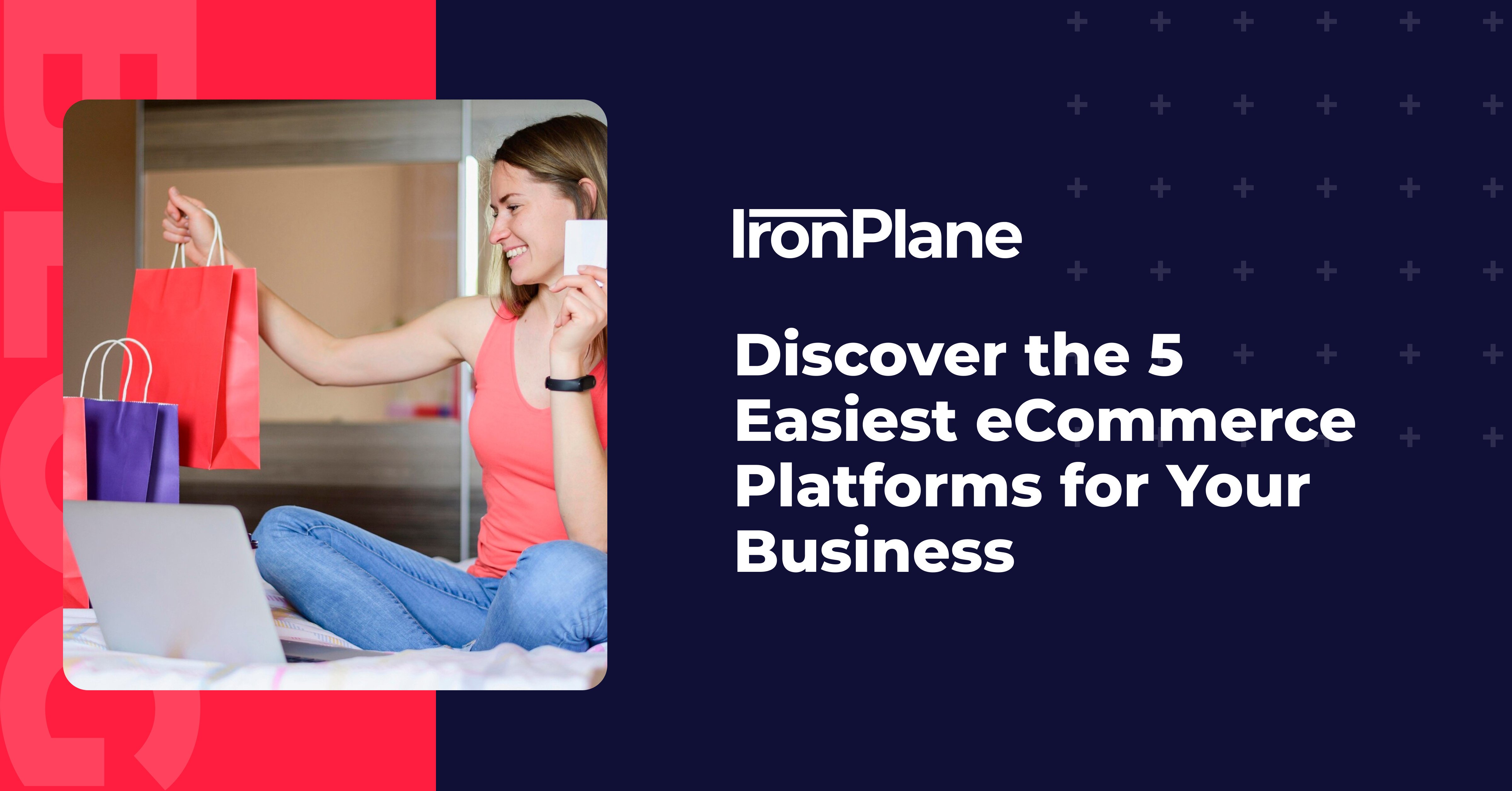Discover the 5 Easiest eCommerce Platforms for Your Business
In today's digital age, having a user-friendly eCommerce platform is crucial for business success. At IronPlane, we understand the importance of choosing the right platform that aligns with your business needs and technical expertise.


 Tim Bucciarelli
Tim Bucciarelli



